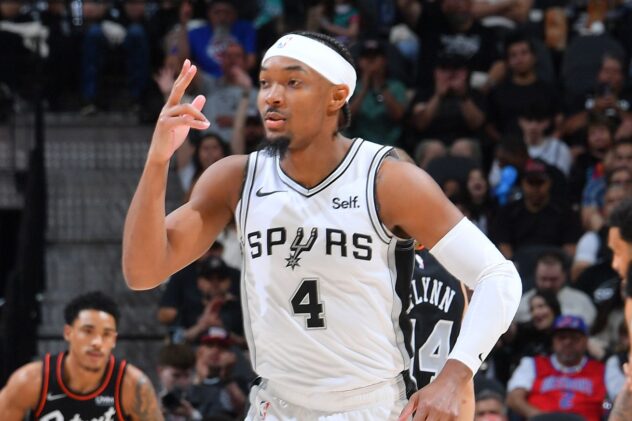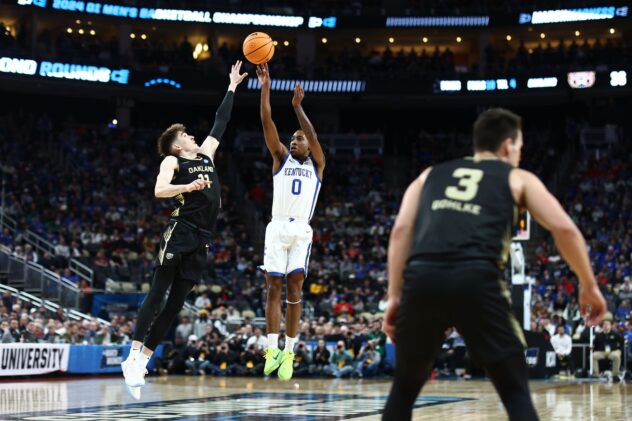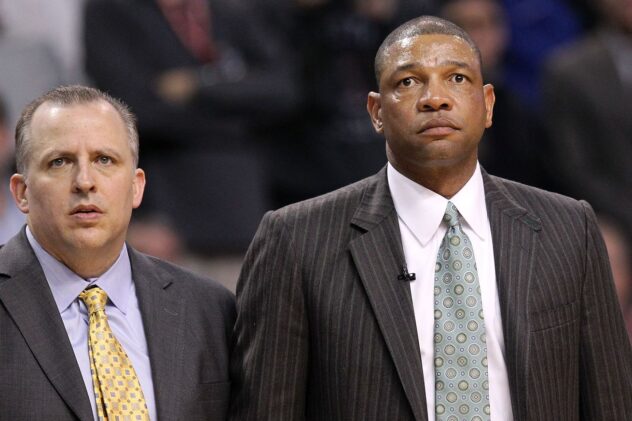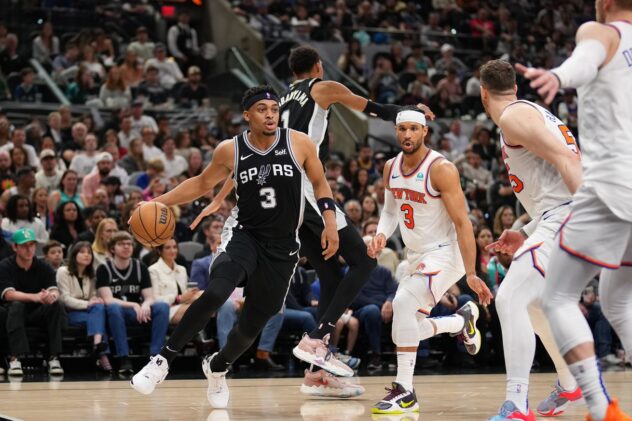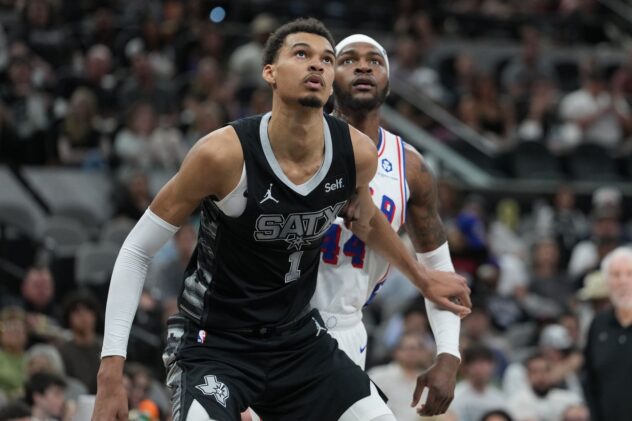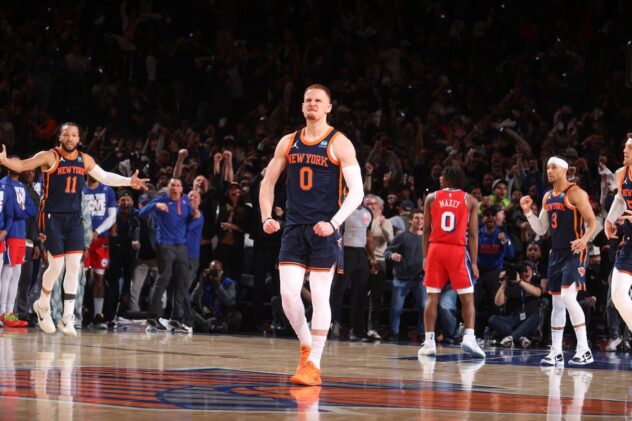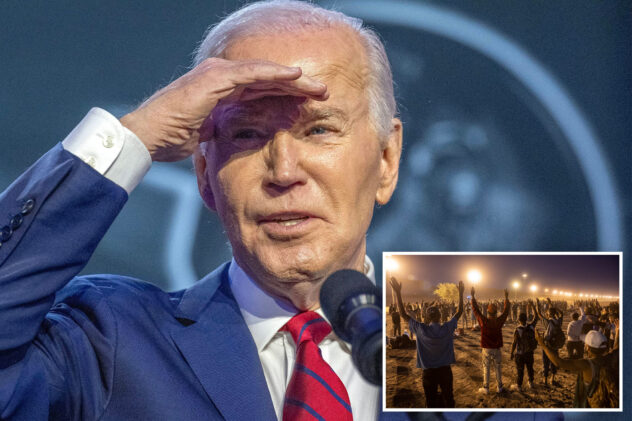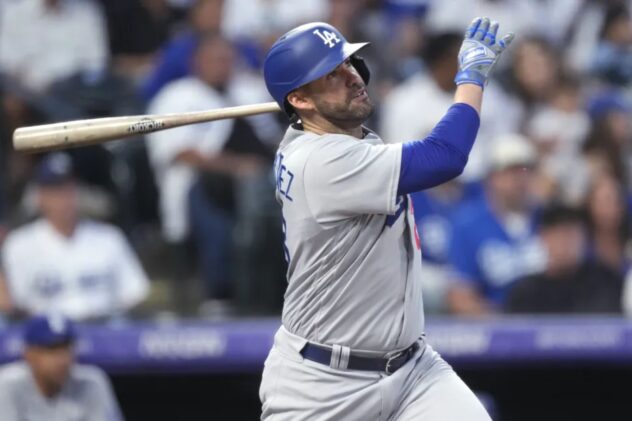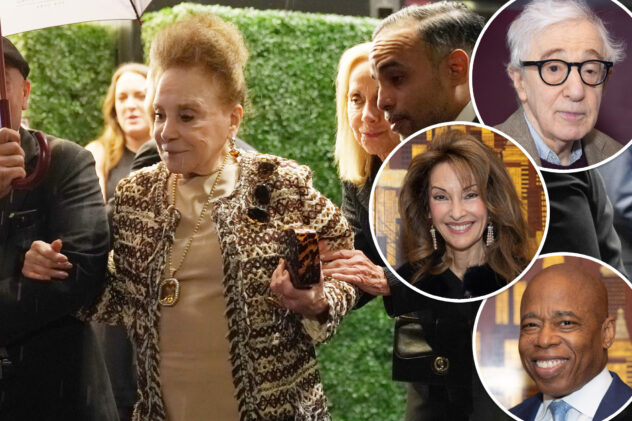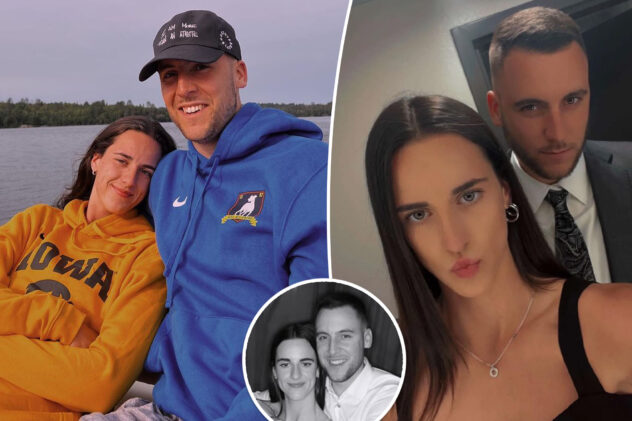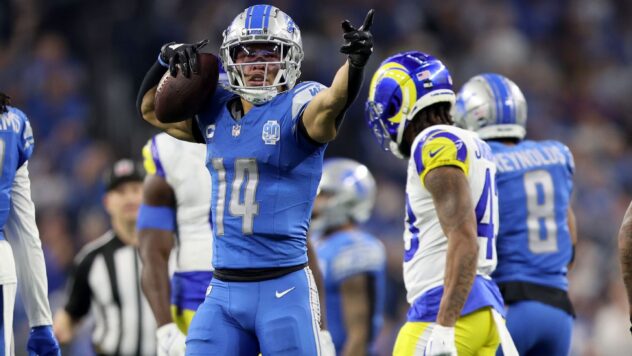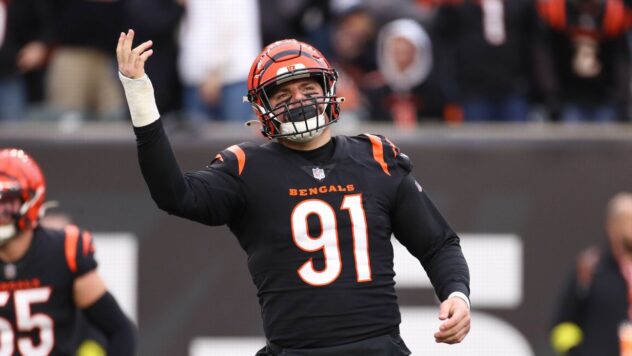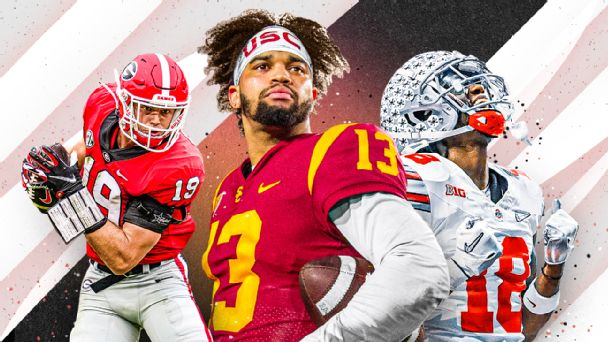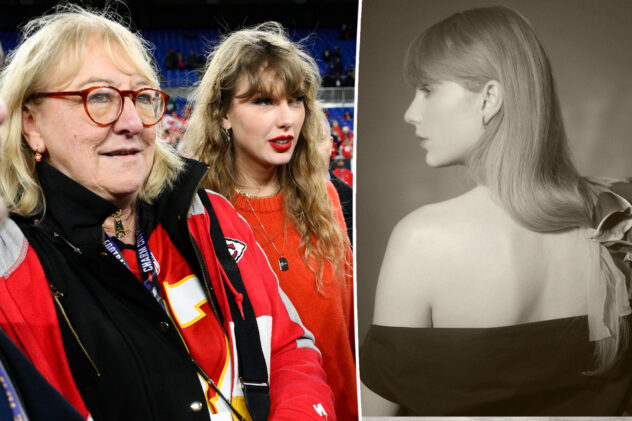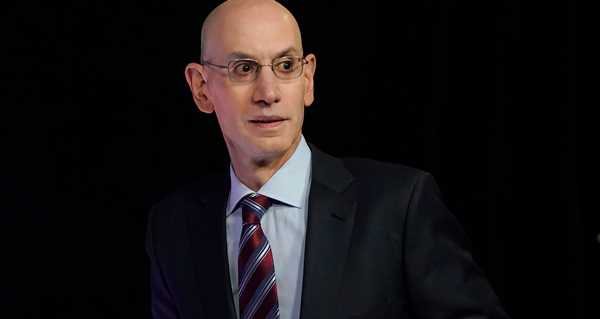Projecting this Spurs season’s endgame
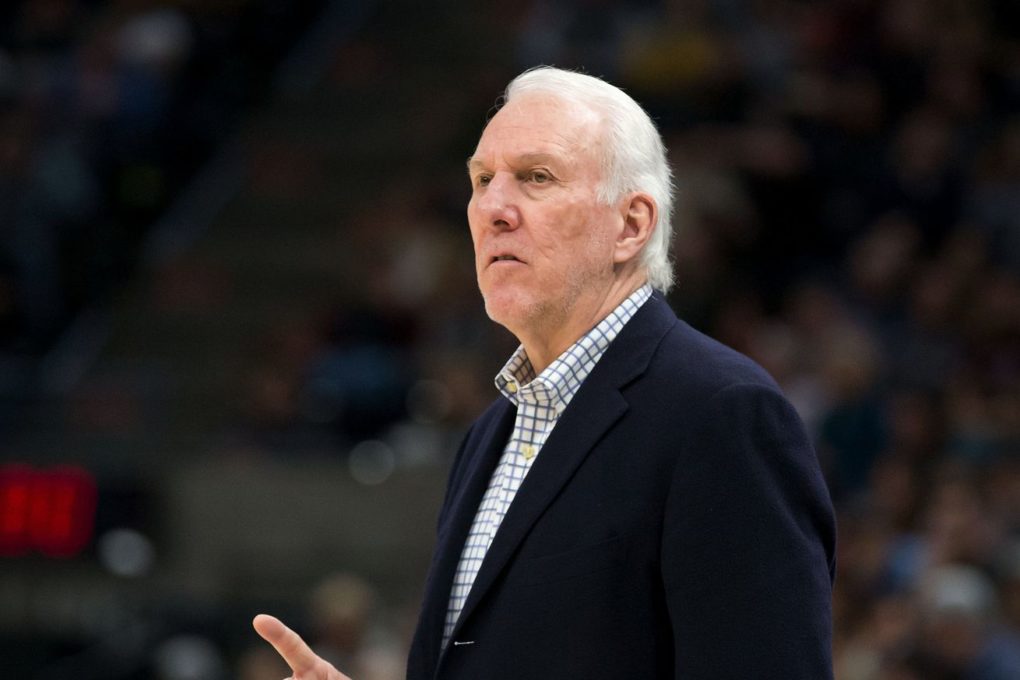
When will the front office decide this season is a lost cause, and what action will they take?
Even a steady organization like the Spurs has to be prepared to tweak its approach or overall trajectory when the current one isn’t working. Despite being just a few games out of the very-early playoff picture, they have by far the worst point-differential of the 14 Western Conference teams currently in contention. After three blowouts in their last five games (plus last night’s loss in LA that dropped them to 11-14 and added more gasoline to a preemptive funeral pyre) it’s worth looking at the possibilities if Gregg Popovich can’t organically turn things around in his toughest season yet since drafting Tim Duncan.
As Jesus Gomez laid out with his cursed logic and odious nuance, there may not be a self-contained path back to above-average for this team — not simply through Lonnie Walker’s debut, the return of LaMarcus Aldridge’s shot, or minor improvements to the NBA’s 29th ranked defense. The roster, as is, may be broken at the core.
PATFO are hardly reactionary, but almost every losing season has its inflection point, and this team will need to cross its Rubicon, one way or another, if things continue as they are. Before we get to what they might change, let’s look at when they may be forced to take action.
The main window: Dec. 15th to Feb. 4th
A few things can happen within this span, with injuries to key Spurs players or other teams’ stars always a possibility. For the sake of this exercise, we’ll pretend like those remain as they are.
Beginning next Saturday, all players signed (or re-signed) last summer become tradeable. That list includes Rudy Gay, Davis Bertans, Marco Belinelli, Bryn Forbes, Dante Cunningham, and Quincy Pondexter. Some have more market value than others, but all can work to help match salaries and shape deals that can be sweetened by, say, a draft pick (more on that later).
The trade deadline is February 7th, but we can probably move the closing of the window for the Spurs up to the 4th, when they begin their annual Rodeo Road Trip. Both for bolstering the roster (probable) or for moving into a hard tank mode (extremely out of character), this will be a date for Spurs fans to keep an eye on more than ever. That leaves a little over 7 weeks to take a good hard look at this roster and determine whether it’s built for the playoffs or not (if they haven’t had that epiphany already), and whether a move could alter or leverage its fate.
What route they go down will depend on how soon (if at all) things go from bad to worse. And while even an early epiphany is likely to trigger one kind of endgame over another, it’s worth using the key dates below and these various potential scenarios:
- December 22nd: Game 34 of the season versus the Rockets, this also marks the merciful end to an arduous 6-week stretch in which the Spurs haven’t once had more than one day in between games. They next play on the 26th, beginning a home-and-home versus a strong Nuggets team, and will almost certainly still be below .500 as they close out the calendar year. How much will the team’s outlook reflect the frustrations of the fanbase at this point? It feels like the clock starts ticking on a roster upgrade or shift in direction from here.
- January 10th: Pondexter’s non-guaranteed contract is one of the few points of roster flexibility the Spurs have. They could waive him before this date and open up a roster spot, but are they going to be able to find a difference-maker, ideally who plays the 3, on the market?
- February 4th and 7th: The start of the RRT and the trade deadline, respectively.
- February 25th: The last stop of the RRT, with just 20 games left in the season. By this point, the outlook for the season should be set: they’re either a plucky fringe-playoff team or more or less out of the postseason picture. If it’s the latter, we may see a down-tick in minutes for Aldridge and DeRozan and more of an opportunity for Walker, Derrick White and Chimezie Metu.
- March 28th: The beginning of a relatively light final stretch, which includes two games against the Cavs, one against the Hawks, and tilts versus Dallas, Washington, and Sacramento, who could have shifted their gears fully into tank mode by this point. The Spurs may have resigned themselves to a similar fate by then, as well.
- June 30th: This is the last day the Spurs can trade or waive Pau Gasol before his final season (before then, partially guaranteed at $6.7 million) is locked in for the full $16 million. The longer the team sits on making the deal, the more pressed they may be to attach a greater sweetener just to unload Gasol’s contract, unless they simply opt to waive and stretch that $6.7 million over the next three seasons.
With all that in mind, here’s a list of the contingency moves the Spurs might make, beginning with the least likely and progressing toward steps we might actually see the franchise take.
Major trade-deadline move to improve
Would another team benefit from adding LaMarcus Aldridge or DeMar DeRozan to their roster? Sure, but are the Spurs netting an objectively better star in return? Not likely. Are the Spurs cobbling together other pieces and assets to snag a third star who could, say, step into their Klaw-sized void at the small-forward spot? Again, most signs point to no.
When: January to early February
Example: Uh, John Wall?
Major trade-deadline move to get worse
Only marginally more likely than improving through a blockbuster trade would be a hard shift in the other direction for an organization that’s as averse to the tank as a WWI trench.
Amid the losses and blowouts, DeRozan is having another good season and could be seen as an upgrade, if not an ideal fit, for a team that’s willing to mortgage assets in order to win now. The have never been Spurs comfortable admitting defeat, but it can’t be ruled out in this new era.
When: Early Feb.
Example: Trading DeRozan for a quality asset and some combination of negative (or push) contracts and defensive-minded players
Sell off role players for future assets
A lesser version of the previous option, this would ultimately be a tank-ish hedge by the front office that would allow them to retain the same core and overall emphasis on winning, while more or less punting the season.
This, like the previous option, would require the Spurs to be substantially below .500 — say, 21-31 — heading into February. If that’s the case, I would assume this move becomes a bit more likely.
When: Early February
Example: Trading Rudy Gay, Marco Belinelli, Dante Cunningham, or Davis Bertans to an aspiring contender like OKC for a middling asset.
The gradual falling on the sword
Maybe the team does nothing and shows enough marginal improvement while scraping together enough wins to stay the course; maybe standing pat will be as good as tanking.
In other years, I’d rank this as a greater likelihood. This season, though, what’s to lose? There’s no continuity to risk, Gregg Popovich isn’t getting any younger, and a whole season of this may prove taxing for everyone. While not a contingency plan, it’s included here for reference against where I see the other likelihoods.
Example: More of the same, mixed with some overdue rest for Aldridge and DeRozan
Mutually beneficial role-player trade
The Spurs have movable players on short-term deals — it’s just a matter of finding a good trade partner, which is easier said than done. Still, the front office has time to work the phones if they’ve come to the same realization many of us have about the construction of the roster, particularly the need to get some fresh legs and length on the perimeter.
When: Late January to early February
Example: Trading Gasol for an Allen Crabbe type (but not Allen Crabbe)
Upgrade the roster by attaching a pick to a lesser contract
This seems like the likeliest outcome for a team that’s short on compelling ways for the team to diverge from its current course. Fans would probably prefer the team to bottom out, and many would be especially against sending away a first-rounder only to attempt to barnstorm the playoff picture — but that may be the way the front office chooses to play out one of the last seasons of the Pop Era.
Moving Toronto’s 2019 pick (which appears destined to fall in the 27-30 range) could certainly be deemed short-sighted, but the team is short on obvious tradeable assets. They may also rationalize it as whatever player the team gets back being seen as a late kicker in the Kawhi Leonard deal, as well as one that gets them a bit of salary relief by including Gasol.
When: January
Example: Trading Gasol or some combination of smaller contracts and the 2019 Toronto pick for a Trevor Ariza or Kent Bazemore type
Source: Pounding The Rock

